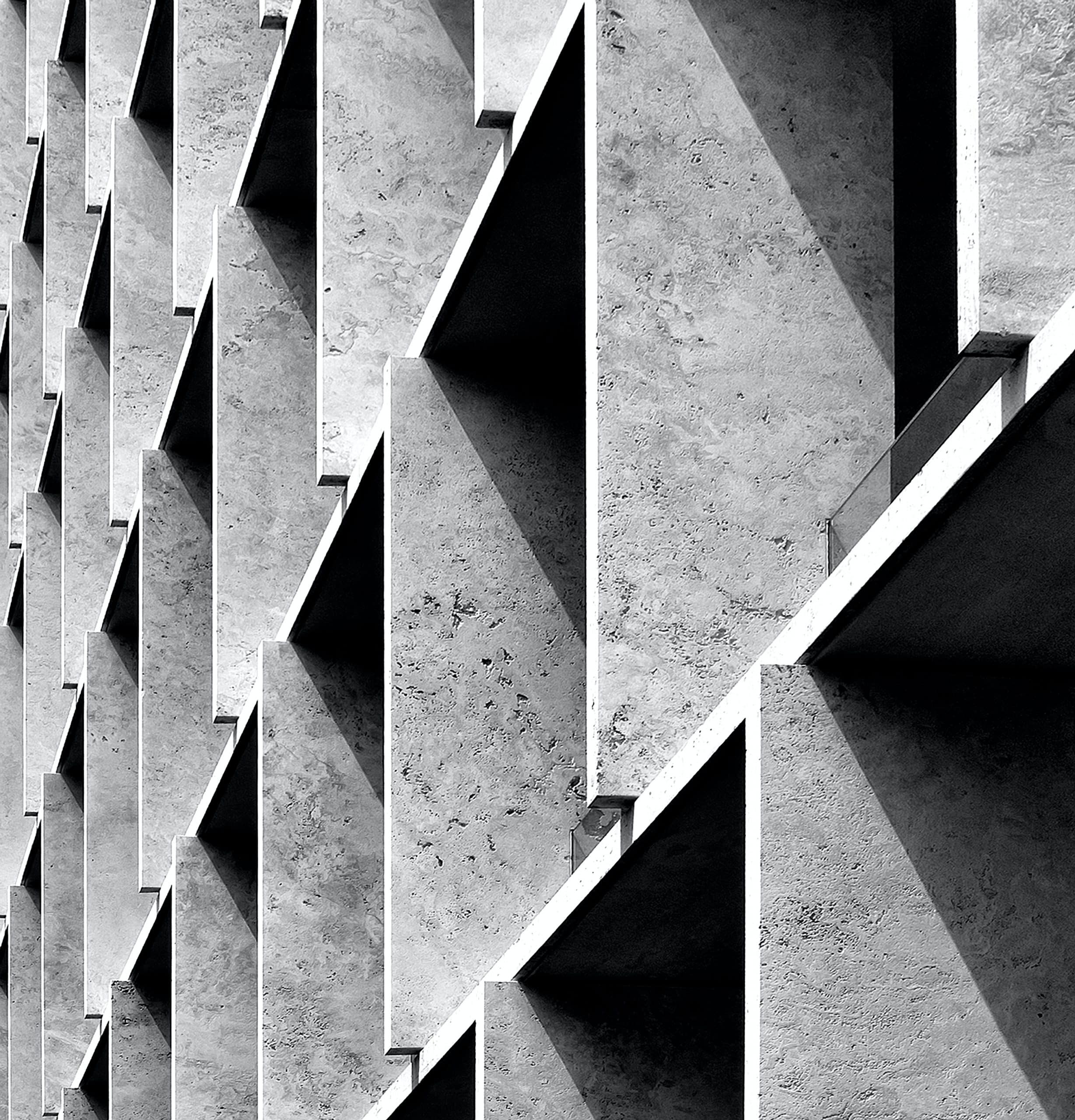It seems pretty easy to pour wet concrete mix in a form and let it harden, but it may result in a poor concrete product due to unexpected things along the way. So here are some tips for you to work with concrete that can improve concrete’s strength and appearance.
Stay Safe When Working With Concrete
When referring to concrete, the most important factor is to keep yourself safe, for almost everything is heavy and cumbersome: bags of concrete, gravel, sand, mixers, wheelbarrows, hoes, bull floats, and screeds.
Protect your back by lifting with your legs, not your back. Remember to keep your back straight and legs bent.
Also, be careful of chemical burns that concrete may cause. Wear proper clothing, waterproof gloves, long sleeves, and long pants, high rubber boots when working with concrete.
Choose the Correct Concrete Mix For the Project
Generally speaking, it depends on the type of concrete project and factors like strength, setting rate, and thickness of the slab.
General-Purpose Fast-Setting Concrete Mix
This 4,000 psi concrete mix is good for walkways, driveways, and patios.
General-Purpose High-Strength Concrete Mix
High-strength concrete mix needs to wait a full 24 hours before walking on it. The tradeoff is that this slower setting mix is considerably less expensive than its fast-setting counterpart.
Concrete Countertop Mix
For making concrete countertops, tables, vanities, and sinks, you will need this kind of concrete mix.
Build the Perfect Form For Your Concrete Project
Whether it’s an indoor concrete project or outdoor jobs, all concrete needs a form. A form is a mold for the concrete. It shapes the sides of the concrete but not the top or the bottom.
Mix the Right Proportion of Water and Concrete Mix
Bags of pre-mixed concrete always list the water-to-mix ratio. So find the water-to-mix ratios for each type of concrete listed on the product packaging.
Another way to add the right amount of water to the concrete mix is by feel and appearance. Properly mixed concrete is often described as having a consistency like cookie dough.
Incorporate an Admixture
Ready-mix concrete mix can be used straight out of the bag, which can meet most users’ needs. However, it’s possible to push concrete’s parameters a bit farther with concrete admixtures. Depending on your needs, you can choose admixtures that slow setting time, speed it up, improve flow, add strength, or enhance the product’s ability to withstand freeze-thaw cycles.
Add Color Into the Concrete Mix
Staining cured concrete is a great way to add visual interest to an otherwise dull, gray material. But if you’re pouring concrete and already know that you’ll want color, add a liquid color to the mix. But you have to know liquid concrete color comes in a limited palette of mostly earthen colors—reds, browns, blacks.
Screed Your Concrete Flat With a Screed Tool
Screeding strikes the edges of the concrete—that is, removes excess—and generally levels out the concrete. Screed the concrete after the pour but before finishing.
Float Your Concrete to Perfection
To fill voids, smooth out ridges, and prepare the surface for hand-troweling, you’ll need to use a bull float. Floating gives the surface of your concrete a desirable creamy consistency by pushing down the coarse aggregate.
Keep Concrete Damp After Finishing
The concrete isn’t done after it’s finished. It still needs to cure, and you can help. If water evaporates too quickly from the concrete, the concrete will be weak. So, keep concrete moist during the curing process for maximum strength.
